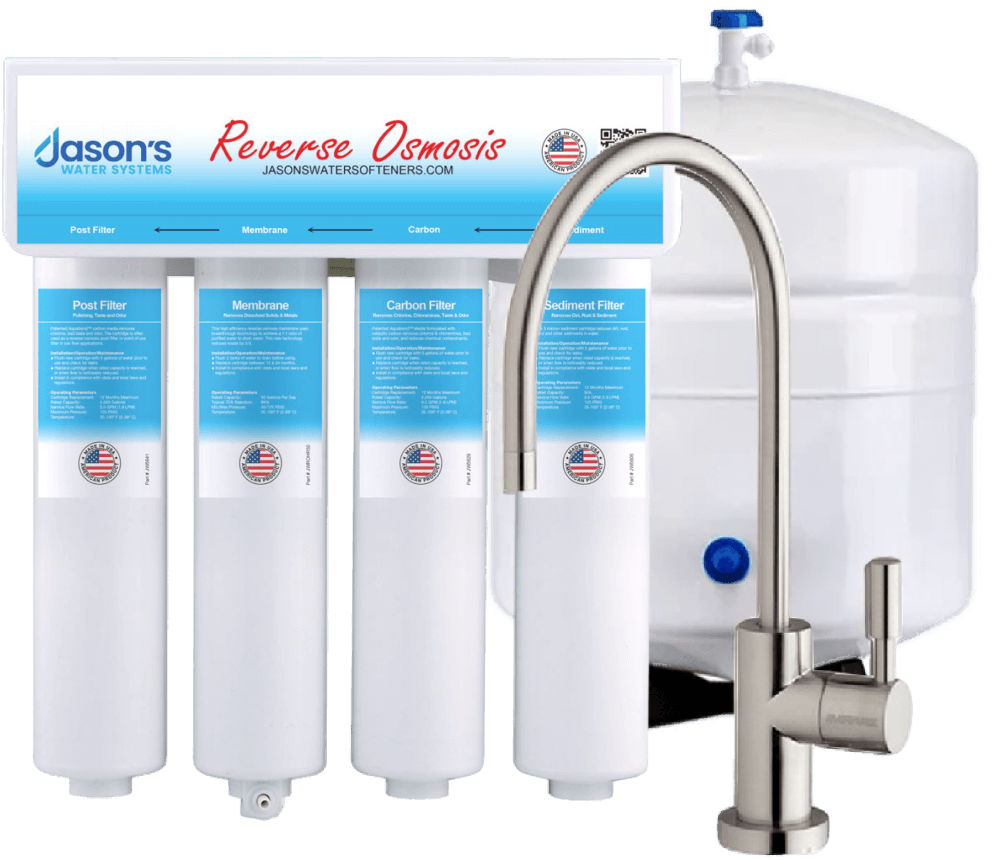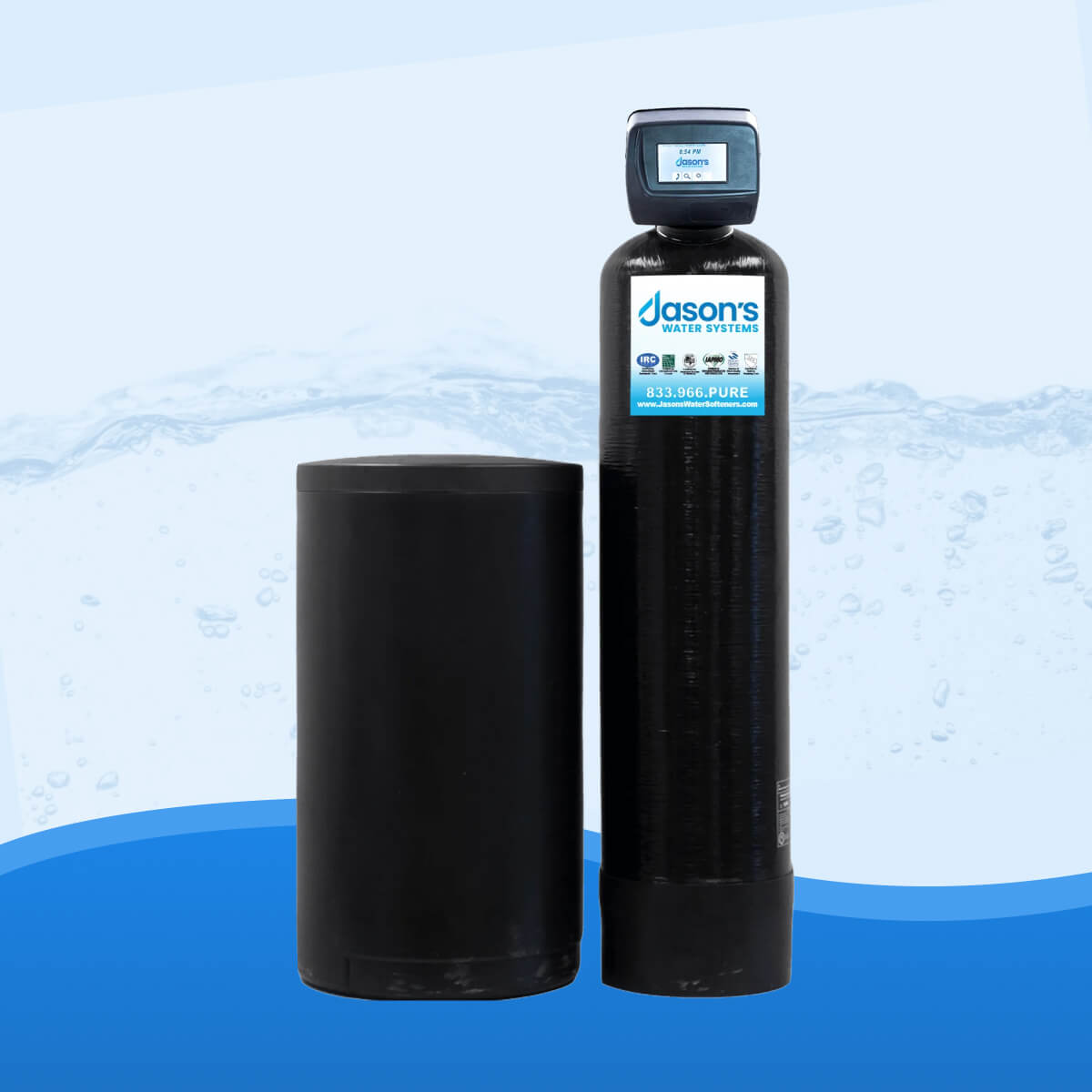
What Size of Water Softener Do You Need?
What Size of Water Softener Do You Need?
By now, you probably are familiar with the benefits that a water softener can provide. Your water will be better suited for drinking, cooking, and bathing once its “hard” mineral content has been filtered out. But, you should also be familiar with the different options you have when picking a water softener. As you’ll find out, water softener selection is not a one-size-fits-all process. Here’s what you need to know when considering what size of water softener is right for your home.
Get to Know Your Grains
First of all, you need to determine just how hard your water is. As an industry standard, the magnesium and calcium content of water is measured in grains per gallon (GPG). If you use city water, you can usually call the water department and get the GPG level. Otherwise, you can buy a do-it-yourself water quality test kit, available at many home improvement stores. If, for some reason, the water hardness level is displayed in milligrams per liter instead of grains per gallon, simply divide the result by 17.1 to get your GPG number.
How Much Water Do You Use?
You then need to calculate how much water is used in your household. Look at your water bills and try to determine your average weekly water use. If this doesn’t help, or if you don’t have your water bills handy, just make the assumption that each person in your home is responsible for 75 gallons per day. For example, a four-person household would use an estimated 300 gallons of water daily. Then, multiply daily gallon usage by your water’s grains per gallon to find your daily softening requirement.Once you have the number of grains per day that your softener will be removing, multiply by seven for your weekly softening requirement. You’ll need this weekly number, since water softeners are usually designed to regenerate every seven days. This regeneration process is why you need softener salt, for the record – the resin beads in your softener tank collect hard mineral content, but eventually need to be rinsed and “recharged” by a sodium-heavy brine solution.
Maximum Capacity vs. Efficient Capacity
With your weekly softening requirement, you can then start looking at different water softener capacities. When looking at different softeners, you’ll see listings for the size (in cubic feet) of the resin block and/or maximum grain count (per regeneration cycle). However, be aware that the maximum grain count doesn’t tell the whole story. The maximum setting goes through softener salt more quickly, which can add up to more money spent over time. It’s better to find a grain setting that optimizes efficiency. This will usually be a grain count roughly 60-75% of the maximum grain count, which can be programmed with the softener’s control unit.For example, let’s say your home’s weekly softening requirement is 30,000 grains. A water softener with one cubic foot of resin has a maximum grain setting of 32,000. Instead of burning through softener salt to keep it operating, you should instead consider a softener with 1.5 cubic feet of resin and a maximum grain setting of 48,000. By turning it to a lower, more efficient setting, you’ll be using less softener salt in the long run. Basically, you shouldn’t make a snap decision when you see maximum grain capacity, because you can often get long-term savings by going one size up.At Jason’s Water Softeners, we’re the Central Texas experts in safe, healthy water. For over 30 years, we’ve been outfitting homes with fully programmable softeners, as well as solutions for reverse osmosis and water filtration. For any water softening concerns, contact us today. We’ll even give you a free quote to get you started!










